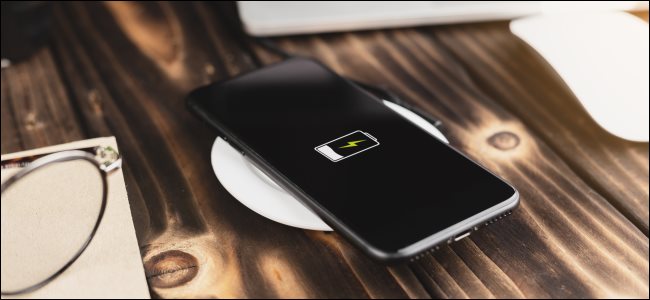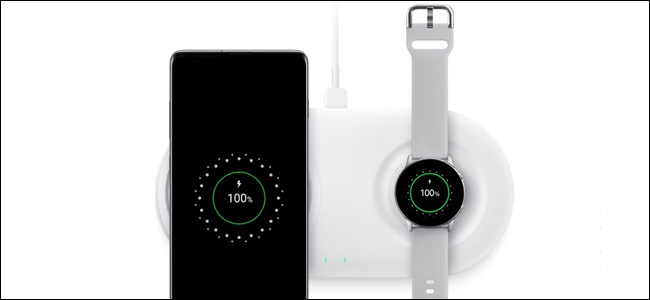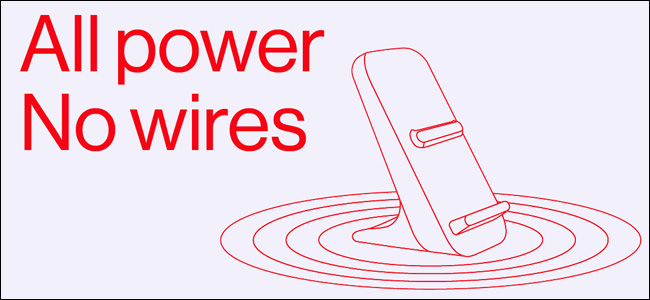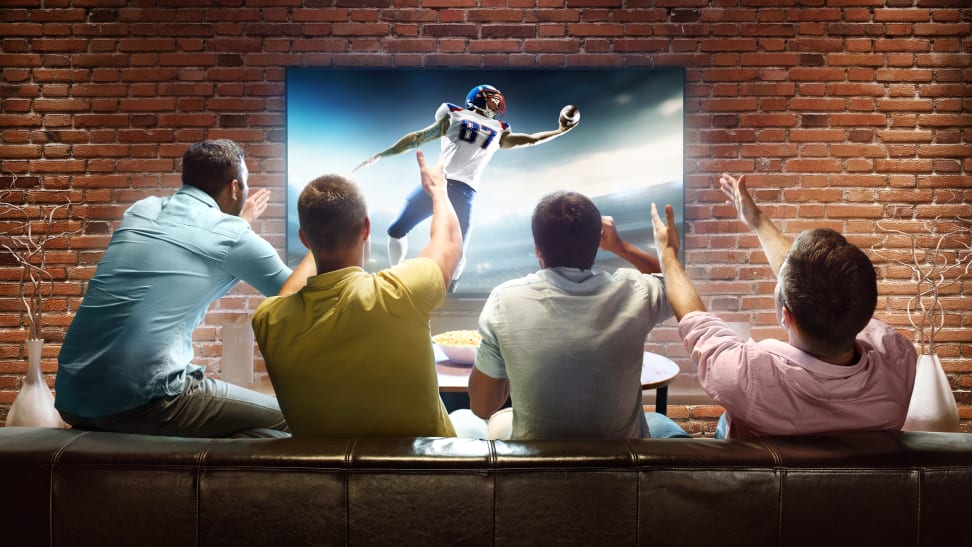
How Does Wireless Fast Charging Work?

As more devices adopt wireless charging, how much will the technology improve? Here’s how wireless fast charging works, and how it’ll likely become even faster in the future.
How Wireless Charging Works
Many of the most popular electronic gadgets today—from high-end mobile phones to wireless earbuds—feature wireless charging. Apple, Samsung, and LG have implemented this feature across a wide range of their devices.
Wireless charging allows people to place their device on a pad that’s plugged into the wall, and then it just starts charging—no cables necessary.

Most modern wireless chargers use a process called magnetic induction. This involves transforming magnetic energy from the charging pad to electrical power via a coil inside the device. This energy is then used to charge the battery. This is also why more devices are being made of glass instead of metal—glass is much more advantageous for induction.
Wireless is one of the most standardized forms of charging. Unlike wired chargers, which require a variety of standards and connectors, most wireless-charging devices use the Qi standard established by the Wireless Power Consortium (WPC). This means a single standard charging pad will work with both an Apple Airpods case and a Galaxy Note.
RELATED: How to See Why Apple Is Charging Your Credit Card
Speeding Up Wireless Charging Delivery

Fast charging works by increasing the number of watts delivered to a phone’s battery. However, this has to work both ways. Manufacturers also have to design their receiving devices to handle fast charging. Plus, accessory manufacturers have to increase the potential output of their chargers or transmitters.
In the past, wireless charging was slow, clunky, and offered little flexibility when it came to positioning. The earliest iterations could only charge 5 watts or less, which was significantly less than wired charging.
Now, regular wireless chargers using the Qi standard can charge up to 15 watts on compatible devices. This faster charging speed is called the Extended Power Profile (EPP).
Wireless charging uses a method similar to wired for power delivery. This involves powering a device at full speed, and then scaling back toward the end of the charging cycle.
It follows this process:
- Detection: The transmitter detects if a Qi-compatible device is on top of it.
- Full power: If the receiver is on the latest version of Qi, it will obtain up to 15 watts of power from the compatible transmitter.
- Heat detection: Transmitters have a thermal test, which allows them to detect if a device is getting hot. If it is, the transmitter will slow its power output.
- Completion: When the battery in the receiver is full, the Qi pad stops charging the device.
This process ensures the safety of your devices and prevents them from getting too hot or their batteries from being damaged. It also ensures a device won’t be overcharged from the transmitter, so you can safely leave your phone on a charging pad overnight.
RELATED: How to Turn On Spatial Audio for AirPods on iPhone or iPad
Customized Wireless Standards
The base Qi standard was last updated in 2015, which brought the EPP and improved heat sensitivity. Since then, the EPP Power Class 0 was released, which enables transmitters to provide power up to 30 watts, depending on the receiving device.
While this charging speed hasn’t been standardized across the board, many manufacturers have implemented modified versions of the Qi EPP standard capable of delivering higher speeds. One such company is OnePlus, which released a 30-watt Wireless Warp Charger with its flagship 8 Pro. The company claims it can support charging a device to 50% in just 29 minutes.
The charging pad also has a built-in fan that allows it to achieve higher charging speeds, as well as protections for overvoltages and overcurrents. However, it’s only compatible with specific OnePlus devices. Other companies, like Xiaomi, have also released 30-watt Qi wireless chargers.
The Future of Wireless Charging
Wireless charging will only continue to get faster. The WPC has already teased its next step will be a 60-watt wireless charging standard. This speed would be comparable to, or even higher than, many manufacturers’ wired charging speeds today.
As transmitters continue to increase in power output, they’ll also be able to charge a wider range of devices. In addition to the rising speeds to charge mobile phones, this means electronics with significantly larger batteries, like laptops, will also be Qi-compatible in the future.







Leave a reply